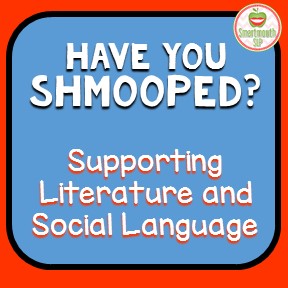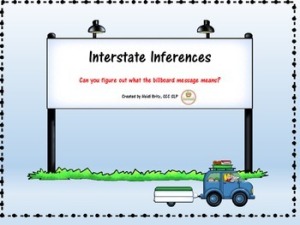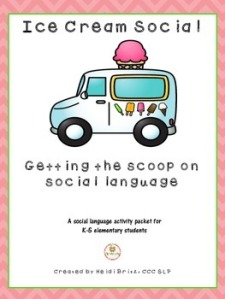
No, it’s not the latest dating site or an ill-timed bodily function, so what exactly is it? According to their website, “Shmoop is a digital publishing company with “a point of view.” We seek to empower and broaden the range and depth of choices students have in life. Our teaching method revolves around the basic notion that learning is often too hard, so we carry gallons of academic WD-40 that we squirt on the tracks whenever we can.” Who doesn’t love academic WD-40???? Shmoop is also a website that is chock full of fabulous curriculum related materials that have social language application! There is a free version of the site, as well as a paid version, and it has separate offerings for teachers and students. Take a few minutes/hours/days to wander through the site and check out all the resources available to you (click on the picture below to be taken to the magical land of Shmoop….)
I love the video section ( over 5,000 videos on Shmooptube, of course) that include PBIS and life skills themes, like this one on cheating or this one on balancing interests with friendships. These are about 2 minutes long and are great opening videos to use in social groups, counseling or speech therapy for middle school on up!
The summary units, like this one for Shakespeare’s As You Like It, are also great to use to help my students visualize an overview of the story. I love these “In a Nutshell” video summaries to teach the big picture concepts prior to reading the books. From historical novels to the deeper meaning of Dr. Seuss books (including this 3 week online unit lovingly called Dr. Shmeuss, ha!), you can find tons of resources to support your students!
Within each unit’s text , you might find little orange-colored pins labeled WTF…Why’s This Funny? (not what you thought, be honest!). Click on the pin and it explains why a statement is humorous based on context, background knowledge or word play. For my literal thinkers, this is AWESOME!! It also defines idioms, great for ELL students and for my literal friends, BONUS!
Along the side of the page, there are tabs for character descriptions, theme discussions, summaries, questions, pictures, flash cards, writing prompts and more! My own high schooler has used this site often to help break down the often confusing or nebulous themes and vocabulary within literature and has found it extremely helpful. The students that I work with, who have ASD or language processing impairments, often struggle with the indirect and figurative language concepts in novels. Shmoop helps to make these concepts clear and direct, with visual supports that help them participate in class discussions more successfully, and better yet, understand the material! If that’s not academic WD-40, I don’t know what is.
What are some other materials or websites that help your older students understand literature? Share here!




